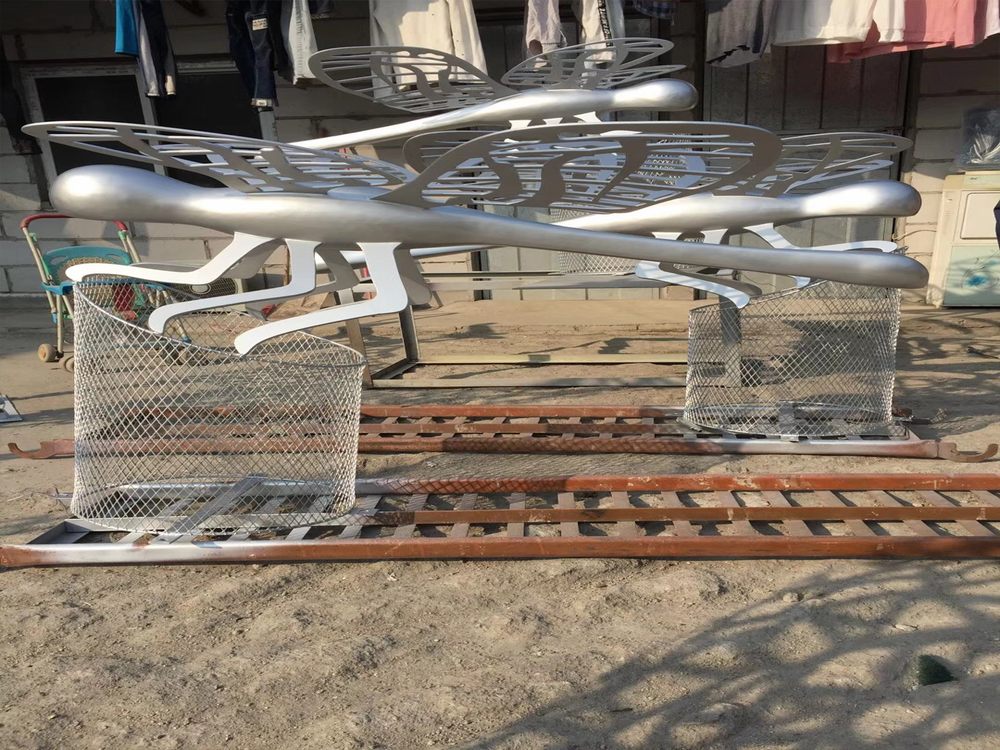
The fusion of bronze sculptures with virtual reality (VR) platforms is redefining the boundaries of art exhibitions, offering immersive experiences that bridge the gap between classical artistry and modern technology. Traditionally, bronze sculptures are admired for their tactile and three-dimensional qualities, but VR introduces a dynamic layer of interactivity and accessibility.
By digitizing bronze sculptures through 3D scanning, artists and curators can create high-fidelity virtual replicas. These digital models are then integrated into VR platforms, allowing viewers to explore the sculptures from any angle, zoom in on intricate details, and even interact with them in ways impossible in physical galleries. For instance, a viewer might "walk around" a life-sized virtual replica of Rodin’s "The Thinker" or witness the sculpture in a reimagined historical context.
VR also democratizes access to art. Rare or fragile bronze sculptures, often confined to specific locations due to their size or value, can be showcased globally through virtual exhibitions. Museums and galleries leverage VR to attract younger, tech-savvy audiences while preserving the cultural significance of bronze artworks.
Moreover, artists are experimenting with hybrid exhibitions, where physical bronze sculptures are paired with VR-enhanced narratives. Visitors wearing VR headsets can see the sculpture "come to life," revealing its creation process or symbolic meaning through augmented overlays. This synergy of tradition and innovation not only enriches the viewer’s experience but also ensures the enduring relevance of bronze sculptures in the digital age.
As VR technology advances, the integration of bronze sculptures into virtual platforms will continue to evolve, offering limitless possibilities for artistic expression and audience engagement. This transformative approach is setting a new standard for how we experience and appreciate art.

